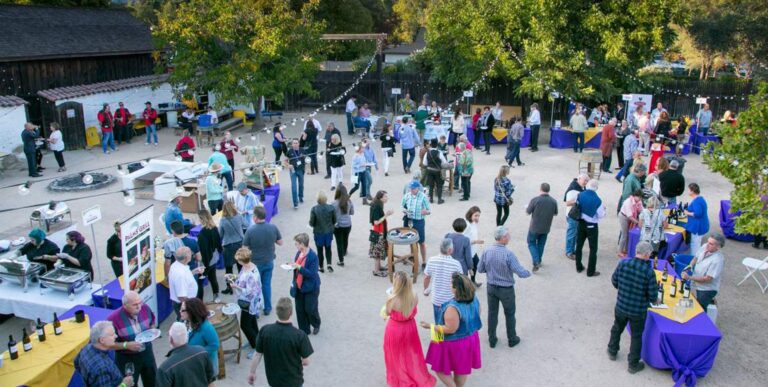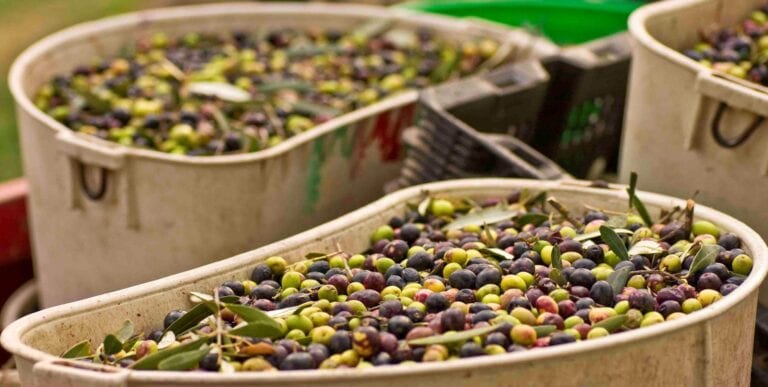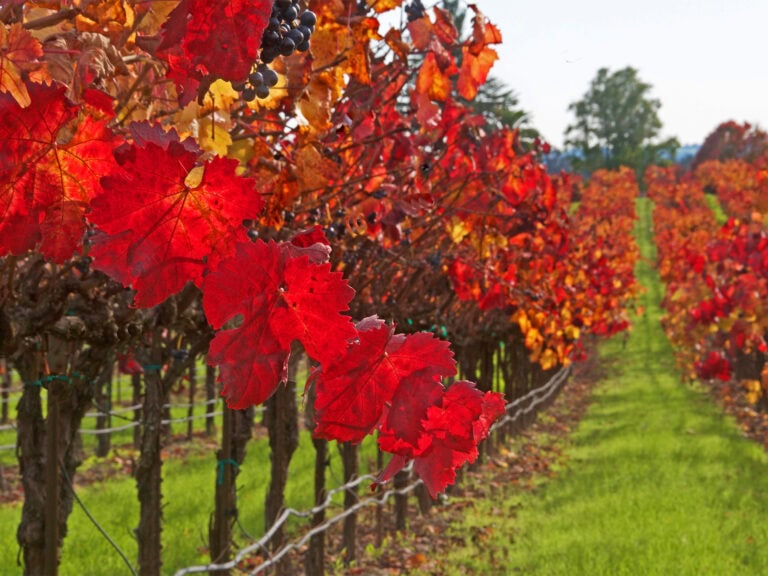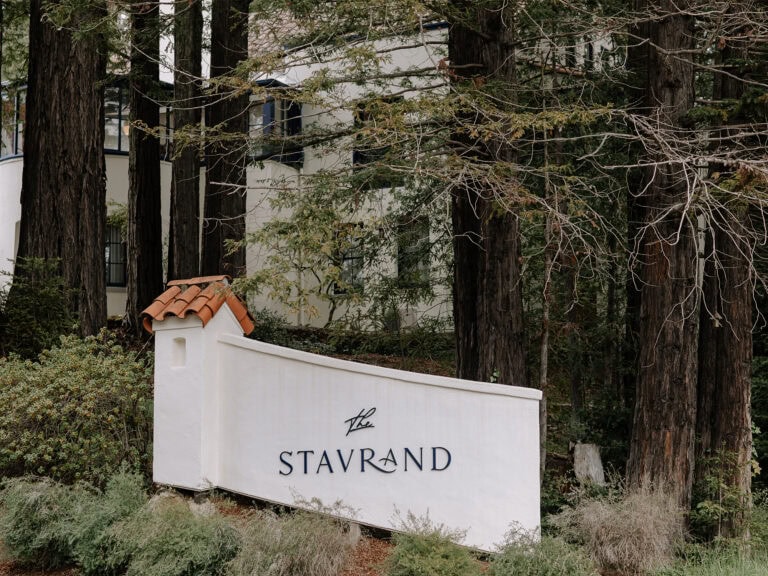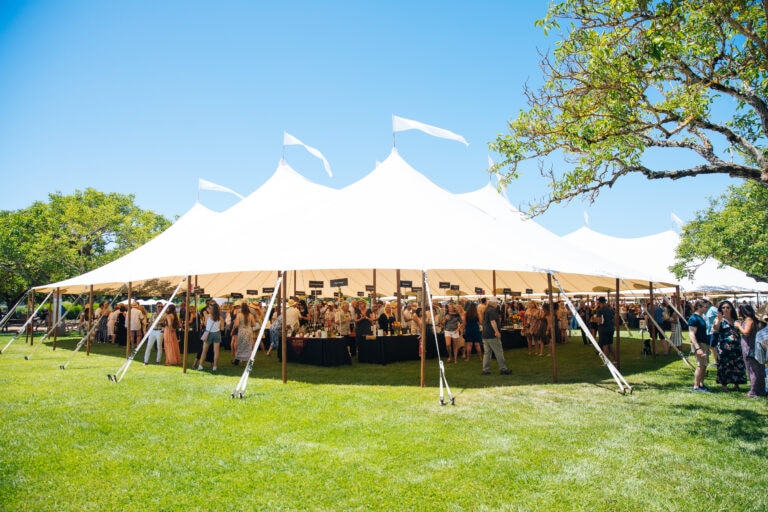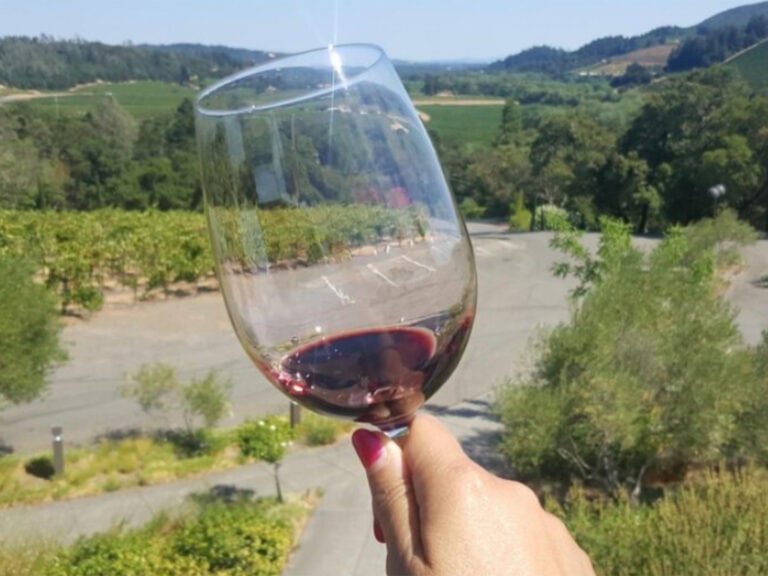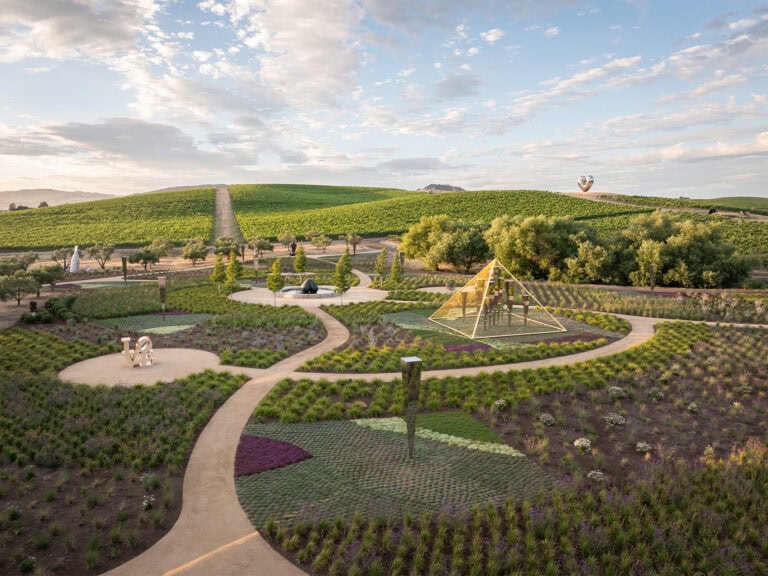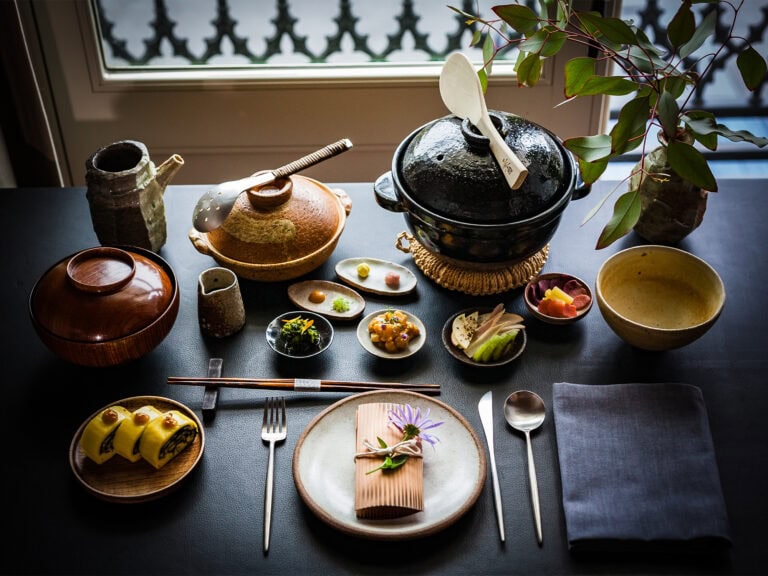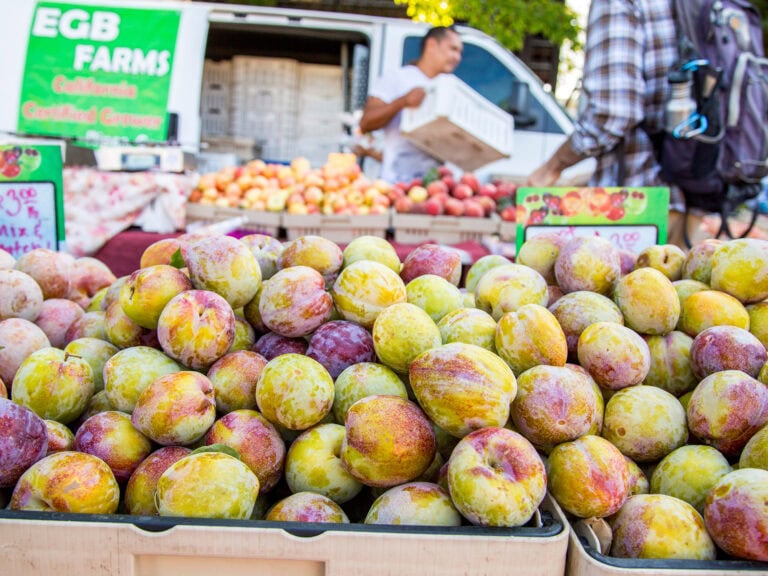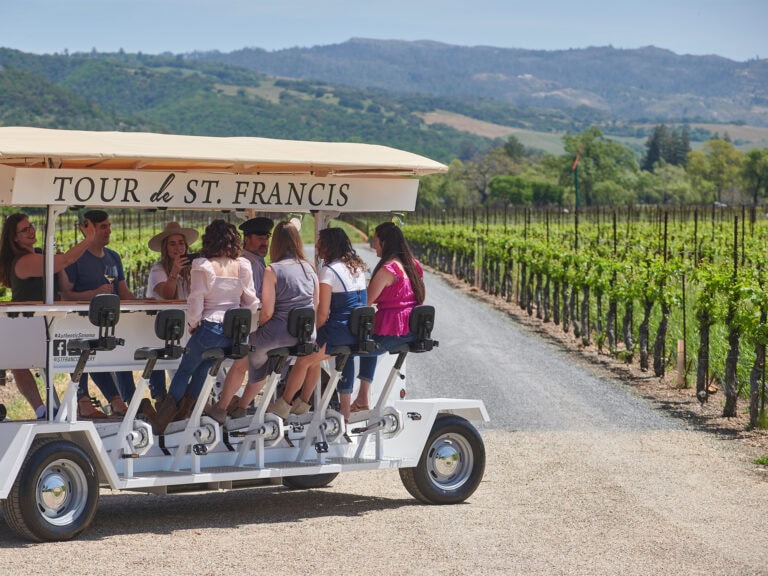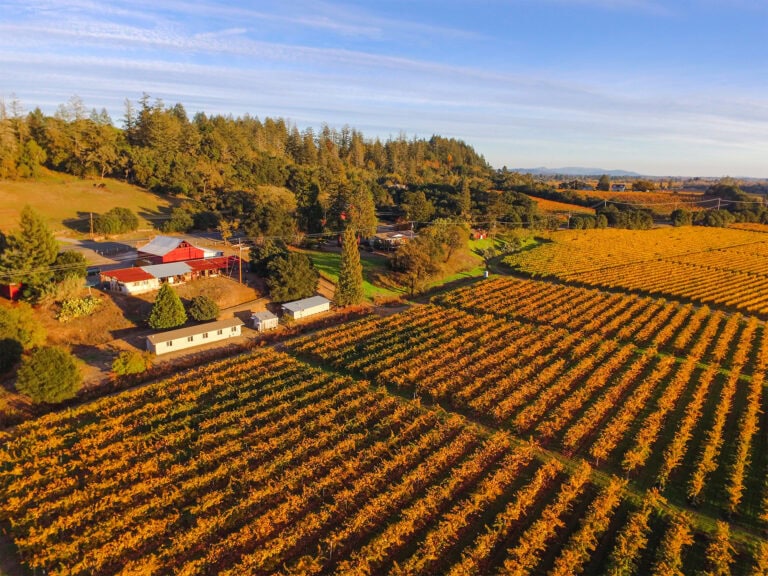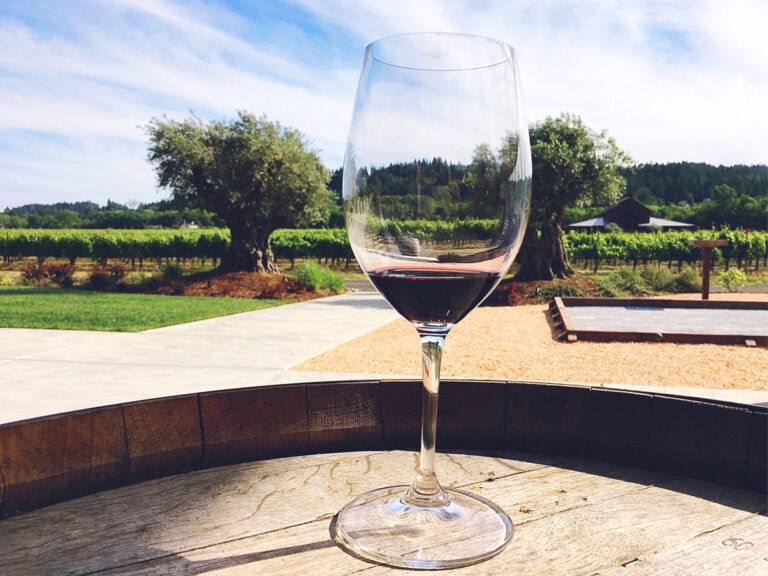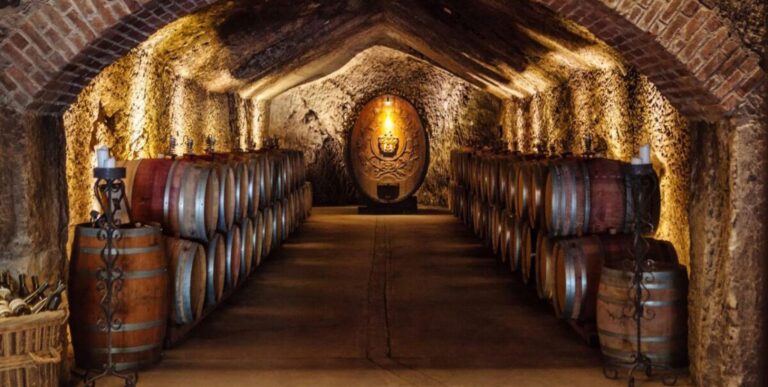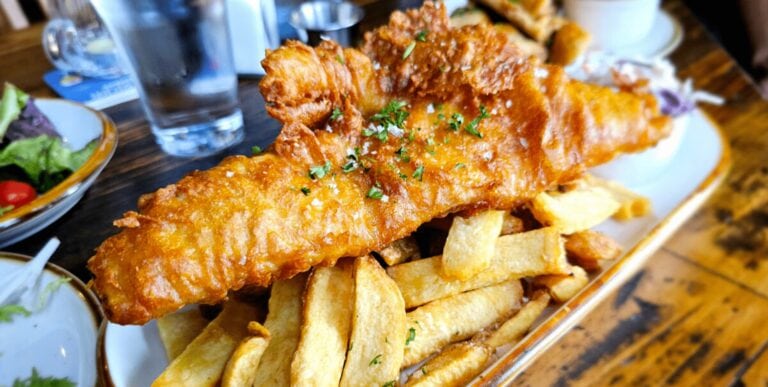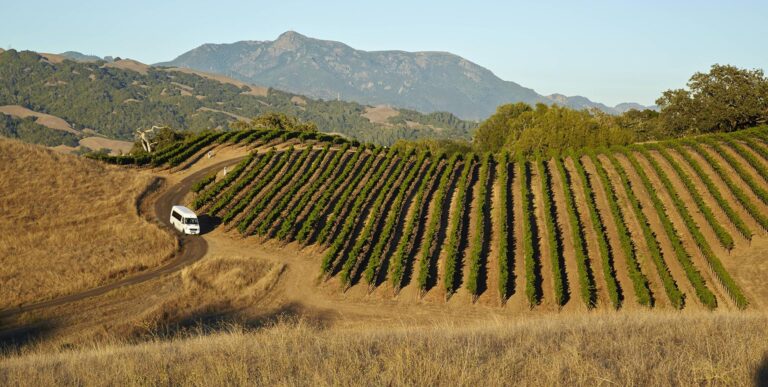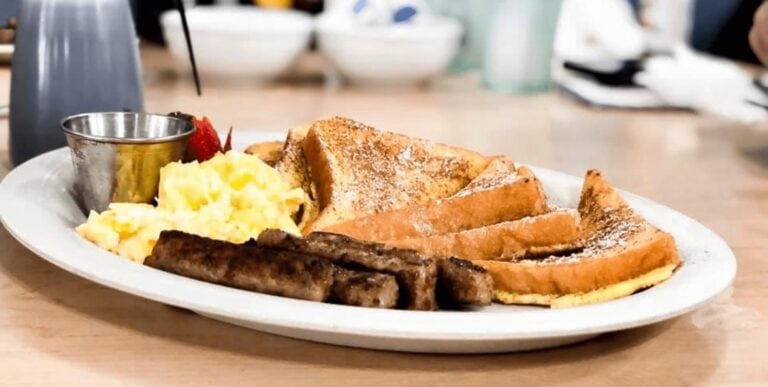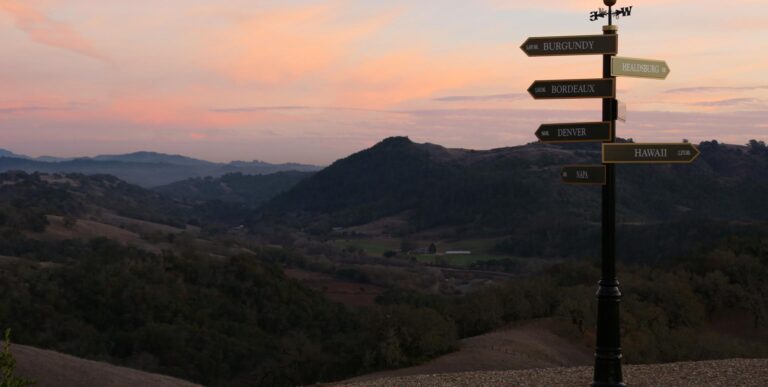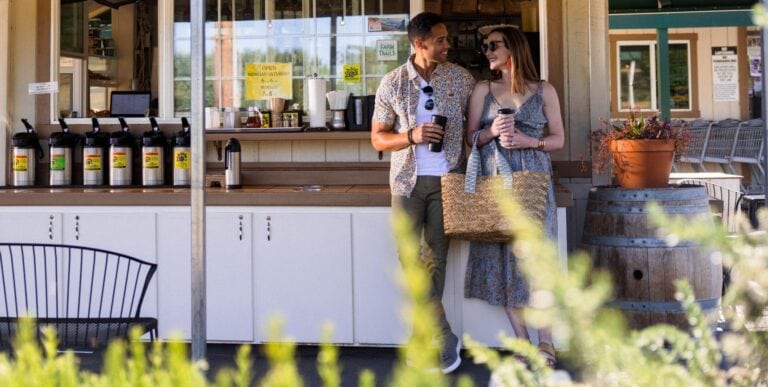Bud Break in the Vineyards
The birth of a new vintage for Sonoma County wine may not look spectacular from a distance.
Unlike fruit and nut trees, which announce their awakening from seasonal slumber with a show of white and pink blossoms, grapevines first send out tiny leaves.
Get up close, and it’s an exquisite show in miniature. Rioting out of a bud, which takes on a fuzzy appearance that grape growers call “woolly” in advance of bud break, the first leaves, tendrils, and nascent flower clusters (they will bloom much later in the spring) emerge in shades of green, cream rose, and even hot pink.
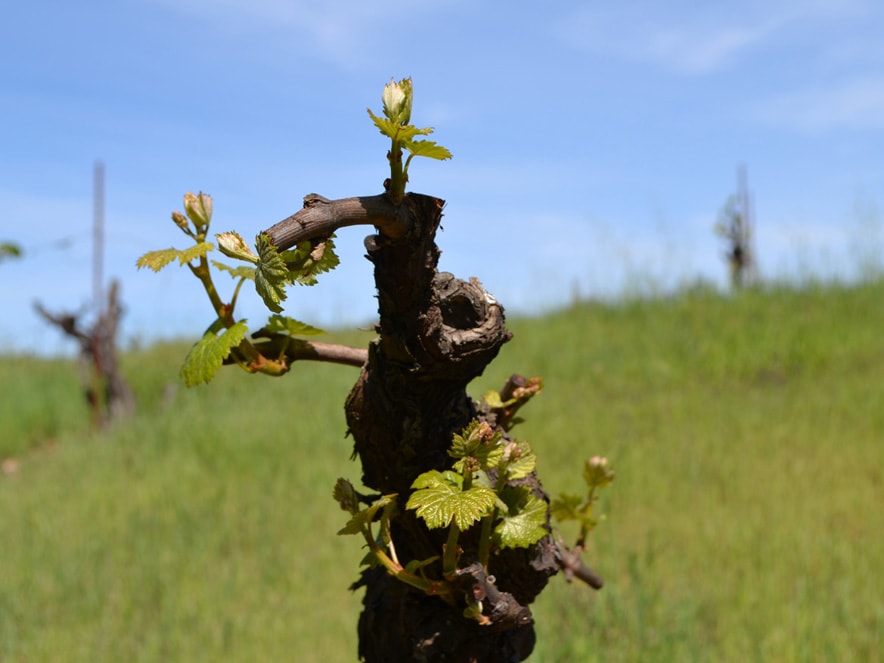
“This is our 43rd vintage at Iron Horse, but we never lose the thrill of seeing the first signs of bud break,” says Joy Sterling, partner and CEO of Iron Horse Vineyards. “The timing is just about right. It is maybe a week before what we would consider absolutely ideal, but not a problem. It is nice to see these ‘babies’ against a blue sky.”
But don’t raise those flutes of Iron Horse sparkling rosé to toast a great vintage just yet.
Bud break generally arrives with spring, but timing varies depending on how the vines respond to drought, cold, or unusually warm temperatures in late winter.
“Now our main concern is frost,” says Sterling on March 15. “But there is plenty of water (to say the least) for frost protection. In fact, this will be our first ‘drought free’ vintage in seven years.”
It takes a real cold snap to injure a dormant vine, but the tender green shoots can be damaged at temperatures below 32 degrees Fahrenheit.
The risk increases with varieties that bud out early, like Pinot Noir and Chardonnay. Zinfandel and Cabernet Sauvignon are comparatively later to bud out.
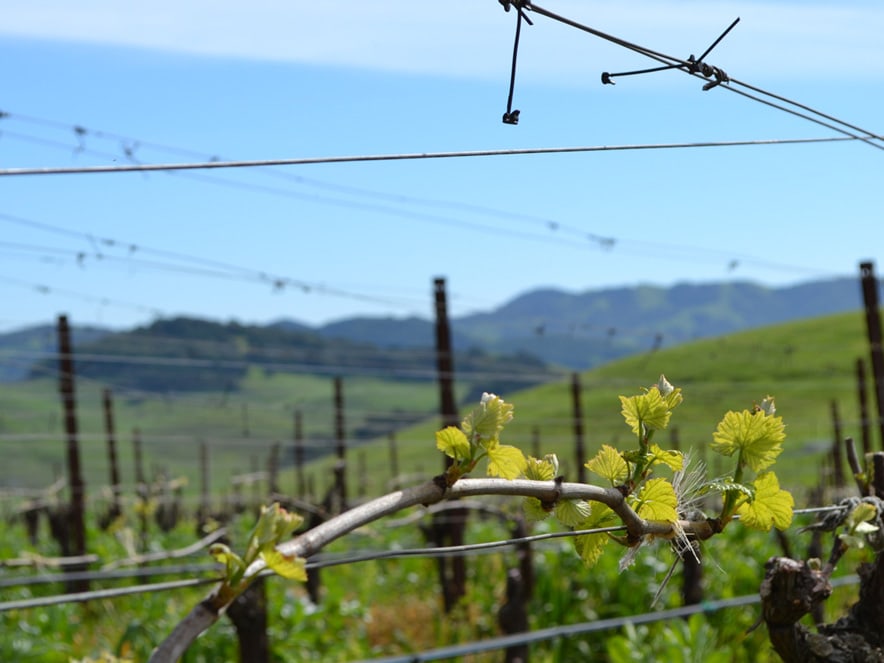
“In the Russian River Valley,” reports John Balletto, president and founder of Balletto Vineyards, on March 14, “we are seeing only 3% to 5% bud break so far. The late rains and cool mornings are keeping everything tight, which is a good thing.”
Growers have a variety of strategies and tools to combat frost. One strategy is to prune last year’s growth later in the winter, which delays bud break for the remaining buds—hopefully until after the risk of frost.
Growers can also attempt to raise the temperature around the vines. The use of metal smudge pots is largely a thing of the past—they were filled with oil and set alight on cold nights. These are more often spotted as rustic vineyard decorations today, since they are polluting and expensive to operate.
In the morning after a frost, passers by may be shocked to see vineyards covered with icicles glinting in the sunlight. The method of spraying vineyards with sprinklers works because the instance of freezing produces heat and locks the green buds down in a temperature-stable coat of ice.
In recent years, sprinkler frost protection has come under scrutiny out of concern for endangered salmon species and other water management issues. During the official frost season, March 15 through May 15, vineyard operators who take water from sensitive areas in the Russian River Valley watershed are required to comply with a Water Demand Management Program.
Another method that’s regaining favor in light of new water restrictions is the use of large fans. Turning on a fan, in the right conditions, can mix an “inversion layer” of warmer air aloft with the cold air near the grapevines, raising the temperature just enough to avoid damage to the crop.
So while the harvest season may be hectic, the vintage gets off to a nail-biting start. Raise a glass of that sparkling wine hopes of a great new Sonoma County vintage!
THIS IS WINE COUNTRY.
Share your experience using #SonomaCounty or #LifeOpensUp

